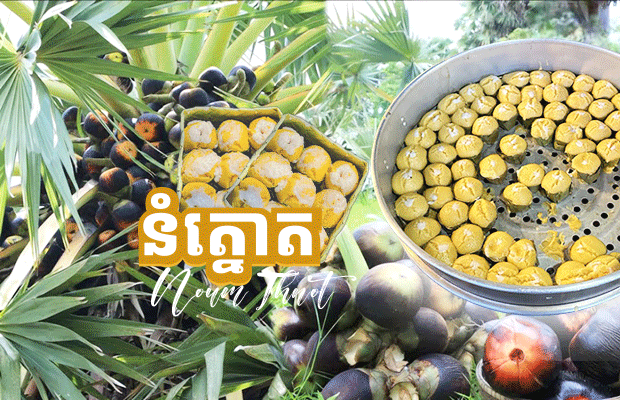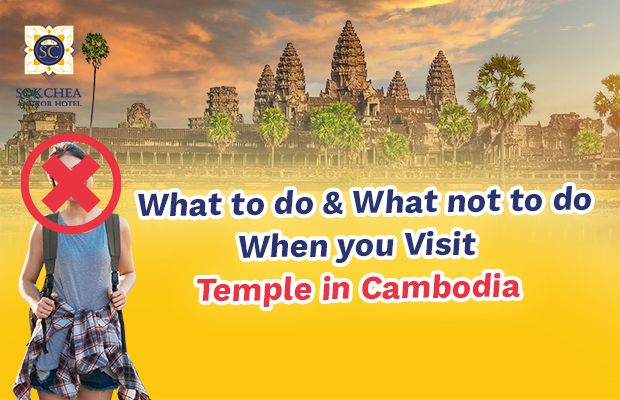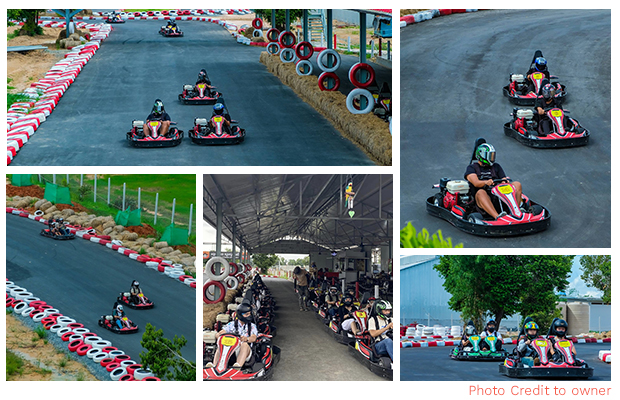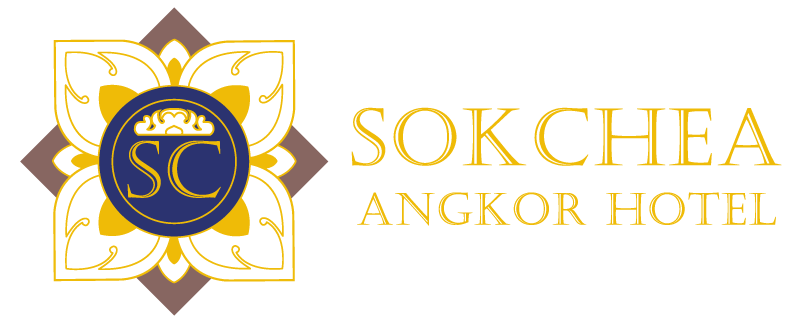Visiting Siem Reap for the first time is an unforgettable experience, blending ancient history, vibrant culture, and warm Cambodian hospitality. To make the most of your trip, keep these essential tips in mind.
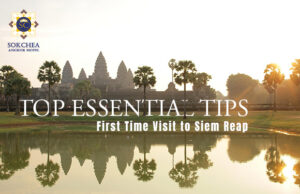 First, plan your Angkor Wat visit early sunrise is popular, but arriving slightly before or after the crowd can offer a more peaceful experience.
First, plan your Angkor Wat visit early sunrise is popular, but arriving slightly before or after the crowd can offer a more peaceful experience.
Second, purchase the appropriate Angkor Pass; decide whether a one-, three-, or seven-day ticket best fits your itinerary.
Third, hire a local guide or tuk-tuk driver to help navigate the vast temple complex and learn meaningful context along the way.
Fourth, stay hydrated and dress for the heat, as Siem Reap’s climate can be intense year-round.
Fifth, dress respectfully when visiting temples—shoulders and knees should be covered.
Sixth, pace yourself; temple fatigue is real, so mix your days with cultural activities, markets, or a relaxing massage.
Seventh, carry small U.S. dollar bills or Cambodian riel for purchases and tips, as both currencies are widely accepted.
Eighth, explore beyond Angkor, including the floating villages on Tonlé Sap Lake or the Cambodia Landmine Museum.
Ninth, support local artisans by visiting workshops and fair-trade stores, where your purchases contribute directly to community livelihoods.
Finally, be mindful of responsible tourism: avoid riding elephants or giving money to child beggars, and choose ethical tour operators.
With thoughtful planning and cultural awareness, your trip to Siem Reap will be both meaningful and memorable, offering a deeper appreciation for Cambodia’s rich heritage.

